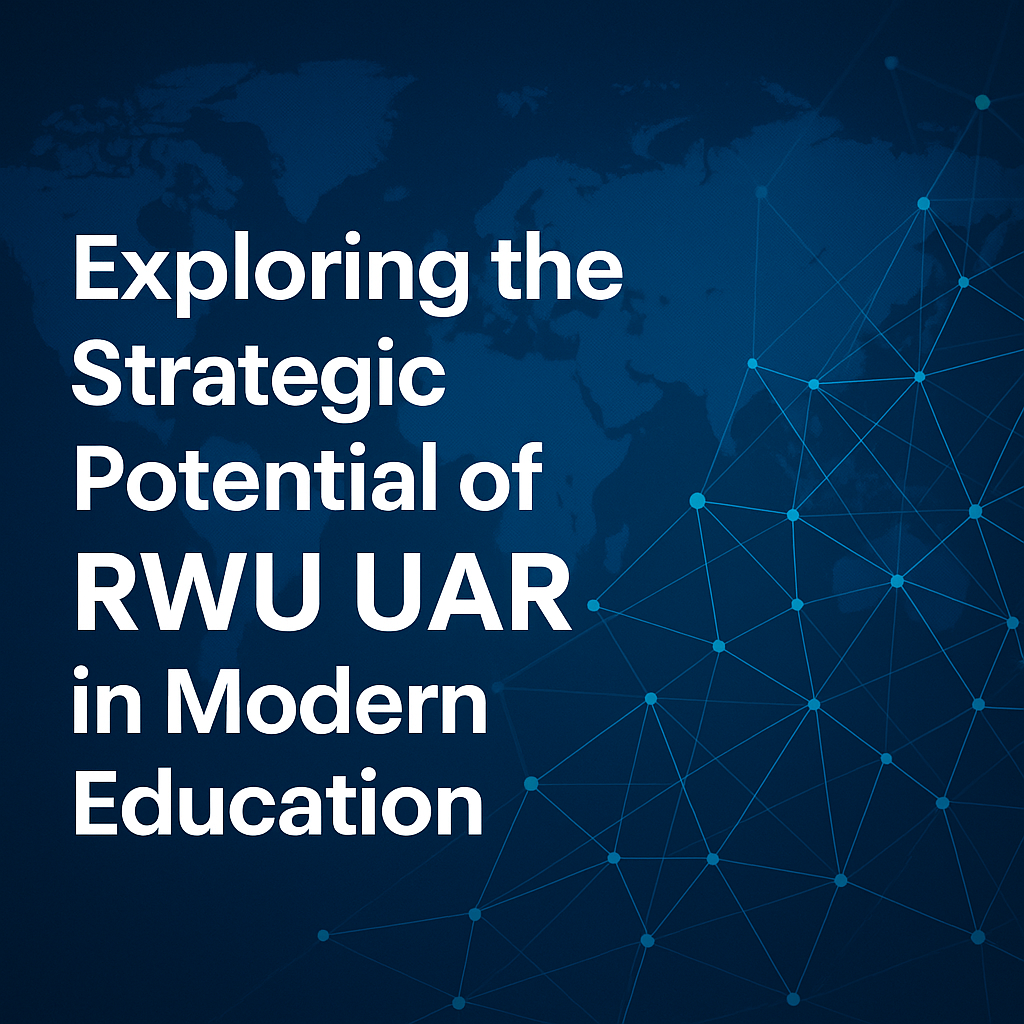In the rapidly evolving world of higher education, collaboration and innovation are becoming essential for growth and sustainability. One concept gaining attention is rwu uar. Although not yet widely discussed in mainstream academic discourse, rwu uar represents a vision of strategic university collaboration that can redefine how institutions, students, and researchers work together. This article explores the multifaceted meaning of rwu uar, its implications for academic institutions, and its growing relevance in today’s global education landscape.
Understanding the Concept of RWU UAR
At its core, rwu uar combines the essence of academic innovation with institutional collaboration. It may refer to a formal or informal alliance involving Roger Williams University (RWU) and a broader University Alliance for Research (UAR). Whether interpreted as a structured partnership or a visionary model, rwu uar revolves around cooperation between educational institutions for the purpose of academic enhancement, research development, and student enrichment.
This idea is rooted in the understanding that no single university can address all global challenges or offer every opportunity alone. Through collaborative efforts, such as those hinted at in rwu uar, universities can pool resources, share knowledge, and provide a richer, more diverse experience for their communities.
Key Elements of RWU UAR Collaborations
One of the key strengths of rwu uar lies in its interdisciplinary and cross-institutional nature. These partnerships are not limited by geographic boundaries or departmental divisions. Instead, they foster unity through shared goals and innovation.
Research Synergy
Through the rwu uar model, institutions can develop joint research initiatives that address real-world problems. Climate change, social justice, public health, cybersecurity, and artificial intelligence are just some areas where collaborative research can have a transformative impact. Faculty and students from different backgrounds bring unique perspectives, leading to richer, more comprehensive outcomes.
Academic Exchange and Learning Mobility
RWU UAR may also encourage exchange programs, dual-degree tracks, and joint curriculum development. These opportunities allow students to study abroad, experience new learning environments, and graduate with credentials recognized by multiple universities. Faculty can also participate in cross-campus teaching or joint seminars, expanding their academic footprint and influence.
Shared Innovation Hubs
Another important dimension of rwu uar is the creation of shared innovation spaces—labs, incubators, and think tanks that bring together talents from multiple institutions. These hubs encourage entrepreneurship, critical thinking, and product development. By leveraging combined funding and intellectual capital, these centers can accelerate progress far more efficiently than isolated efforts.
Technology and Infrastructure Collaboration
Universities aligned under the rwu uar banner can share access to high-performance computing centers, digital libraries, specialized research facilities, and cloud-based tools. This allows smaller institutions to benefit from larger infrastructures and fosters equity in academic opportunities.
Benefits of the RWU UAR Framework
The potential advantages of rwu uar are significant and impact multiple stakeholders in the educational ecosystem.
For Students
Students benefit directly from increased access to academic resources, research opportunities, and faculty expertise from beyond their home institution. This exposure helps them become more competitive in a global job market, while also developing intercultural competencies and adaptive skills.
For Faculty and Researchers
For academic professionals, rwu uar offers an expanded platform for publishing, collaborating, and securing joint grants. It allows them to work on multidisciplinary projects with peers from other universities, which can lead to higher impact research and increased career opportunities.
For Universities
Institutions involved in rwu uar partnerships gain greater visibility, attract international talent, and improve their research and academic rankings. Additionally, pooling resources allows for cost efficiency and avoids duplication of efforts, making education more sustainable.
For Communities and Industry
Collaborative research from rwu uar institutions often addresses local and global community challenges. Businesses, NGOs, and public sector organizations can partner with these alliances to co-create solutions, train future employees, and drive regional innovation.
Future Outlook of RWU UAR
As higher education continues to evolve, the role of university alliances like rwu uar will become increasingly important. These frameworks allow institutions to remain competitive while maintaining their unique identities. By embracing strategic partnerships, universities can better serve their students and the broader world.
The rise of digital education, virtual labs, and remote learning further strengthens the feasibility of rwu uar collaborations. Even universities on different continents can now work seamlessly together, thanks to advances in communication and information technology.
In the years to come, we may see rwu uar evolve into a well-recognized standard in global education, inspiring similar models across countries and continents.
Read also: http://techinfotime.com
Conclusion
The concept of rwu uar represents more than just a partnership between institutions. It is a blueprint for academic transformation—where resources are shared, ideas are exchanged, and innovation is cultivated. Whether viewed as a current initiative involving Roger Williams University or as a visionary framework for global collaboration, rwu uar reflects the values of unity, excellence, and progress in higher education.
As universities and educators explore new ways to thrive in a complex world, the principles behind rwu uar will continue to serve as a guiding light. Embracing this model could be the key to unlocking a more inclusive, effective, and impactful future for higher learning.
